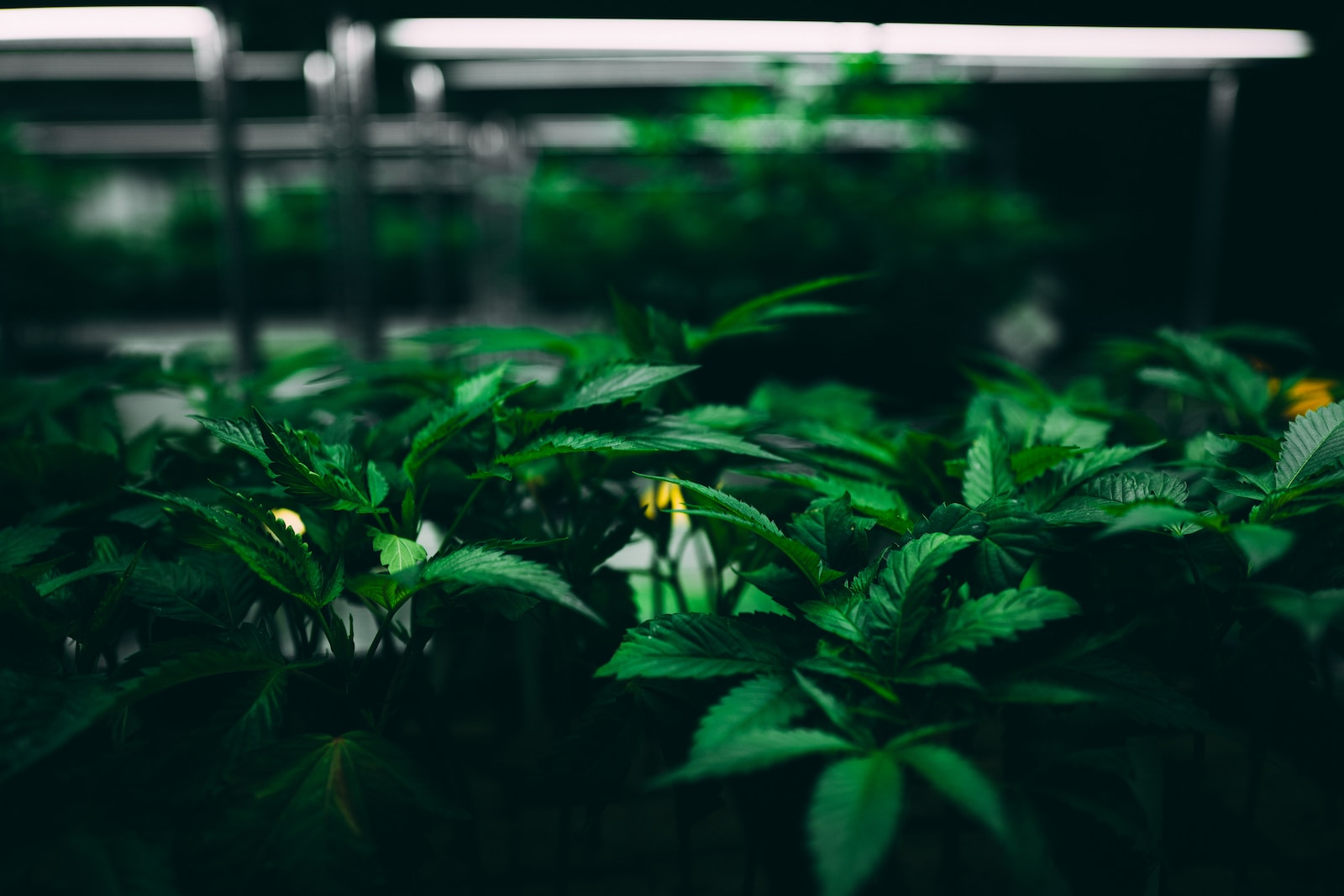Cloning cannabis plants is a skill that every serious cultivator should master. Whether you’re a novice or a seasoned grower, understanding how to make cannabis clones can significantly enhance your yields and ensure genetic consistency. In this comprehensive guide, we’ll walk you through the entire process, from selecting the right mother plant to caring for your new clones. Let’s dive in!

How to Make Cannabis Clones
Cannabis cloning is a precise technique that involves replicating a healthy, mature cannabis plant by taking cuttings, or “clones,” from it. These clones will share the same genetics as the mother plant, allowing you to preserve desirable traits and characteristics.
Selecting the Perfect Mother Plant
Before you start cloning, it’s crucial to choose a robust and healthy mother plant. Look for these traits:
- Vigorous Growth: Select a plant that has been thriving and exhibiting vigorous growth.
- Pest and Disease Resistance: Ensure the mother plant is free from pests and diseases.
- Desirable Traits: Identify the traits you want to replicate, such as high potency or specific flavors.
- Age and Size: Opt for a mature plant that’s at least two months old and has multiple nodes.
Gathering the Necessary Supplies
To successfully clone cannabis, gather the following supplies:
- Cloning Gel or Powder: Helps stimulate root development.
- Sharp Razor or Scissors: For precise cuttings.
- Rooting Cubes or Rockwool Plugs: Provides a suitable medium for root growth.
- Humidity Dome: Maintains a humid environment for clones.
- Grow Lights: Essential for providing consistent light to your clones.
Taking Cuttings
- Prepare Your Workspace: Ensure your workspace is clean and sterile to prevent contamination.
- Select the Right Branch: Choose a healthy branch with several nodes.
- Make Clean Cuttings: Use a sharp razor or scissors to make clean, angled cuts just below a node.
- Apply Cloning Gel: Dip the cut end of each clone into cloning gel or powder.
- Plant in Rooting Medium: Place the clones into rooting cubes or rockwool plugs.
- Maintain Humidity: Cover the clones with a humidity dome to maintain a humid environment.
Providing Ideal Conditions
- Temperature and Humidity: Maintain temperatures around 75-80°F (24-27°C) with humidity levels at 70-80%.
- Lighting: Use T5 or LED grow lights for 18-24 hours a day to promote growth.
- Watering: Keep the rooting medium consistently moist, but not soggy.
- Transplanting: Once roots are well-established (typically in 2-3 weeks), transplant your clones into larger pots.

How to Make Cannabis Clones(FAQs)
- How long does it take for cannabis clones to root? Cannabis clones usually root within 2-3 weeks, but it can vary depending on environmental conditions.
- Can I clone autoflowering cannabis strains? While it’s possible, cloning autoflowering strains can be challenging, as they have a predetermined life cycle.
- Should I use rooting hormone for cloning? Using rooting hormone, such as cloning gel or powder, can significantly increase your cloning success rate.
- What light spectrum is best for clone growth? Clones benefit from a spectrum with a strong emphasis on blue light, which encourages vegetative growth.
- How many times can I clone a cannabis plant? While you can theoretically clone a plant indefinitely, it’s best to use younger cuttings for higher success rates.
- What is the ideal pH level for the cloning medium? Aim for a pH level between 5.5 and 6.5 to ensure nutrient uptake and root development.
Conclusion
Learning how to make cannabis clones is a valuable skill for any cannabis cultivator. By following the steps outlined in this guide and considering the FAQs, you’ll be well on your way to successfully cloning your favorite cannabis strains. Happy growing!

I like studying and I believe this website got some genuinely utilitarian stuff on it! .